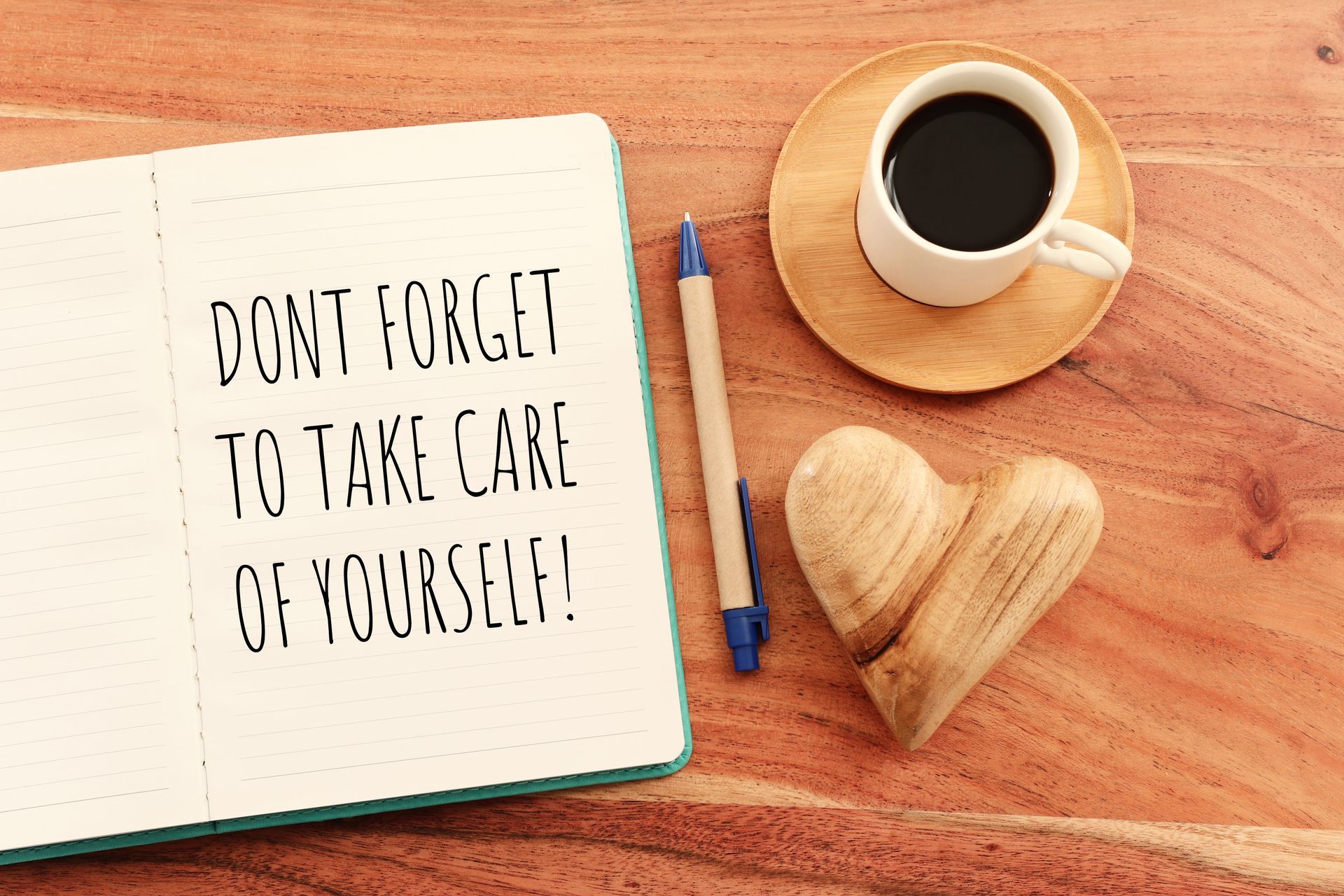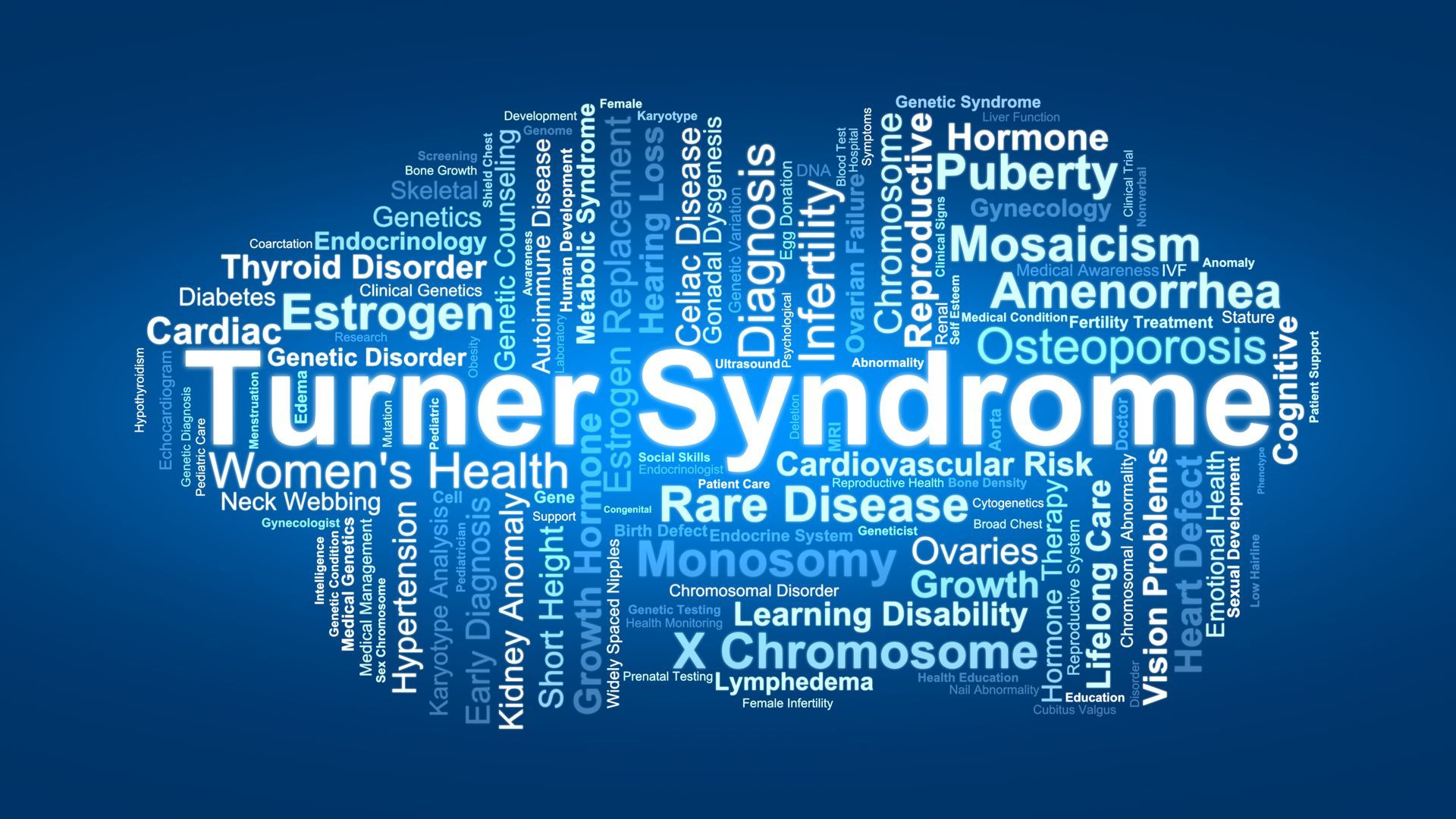Tharon’s Thoughts: The Hidden Truth Behind “Good Behaviour”


By Tharon
Neurodivergent Consultant at helpz
The Safety Paradox
Let’s talk about something that might sound a bit backwards at first: I call it the safety paradox. You’d think that when someone feels safe, they’d be calm, cooperative, and on their best behaviour, right? But for many neurodivergent folks, especially autistic people, feeling safe can actually be the moment everything falls apart.
Why? Because safety gives us permission to drop the mask and stop fighting the build up of stress and anxiety.
What is Restraint Collapse?
I call it a “crash”, but the clinical term is restraint collapse. It’s what happens when someone has spent the day masking, holding it together, and pushing through overwhelming environments. Then they get home, or to a safe space, and boom. The mask drops. The emotions flood in. The body says, “Nope, I’m done.”
This isn’t just a neurodivergent experience, but it is especially common in autistic people, ADHDers, those with sensory processing difficulties, as well as those who have experienced trauma. It’s the body and brain’s way of decompressing and releasing the built up stress and anxiety after a day of sensory overload, social pressure, and emotional suppression.
What Does It Feel Like?
Personally, restraint collapse feels like a release from the pressure that built up in my body all day. The only way I can explain how that pressure feels in a way that you may understand would be like the pressure a diver may feel when swimming deep in the ocean. I might be balancing multiple things that just feel too much - clothes might be itchy, the lights too bright, the noise too loud. I’m polite, I’m engaged, I’m “fine”- until I’m not.
When we finally get to a safe space, you might see an autistic person:
- Withdraw completely
- Cry or scream
- Engage in intense stimming (due to not being able to stim all day)
- Lose the ability to speak
- Lose the ability to be “polite” (responses might become blunt, short, or considered rude)
- Sleep, lay down, or be unable to move
- Need to be alone, or need comfort—sometimes both
It’s not a tantrum. It’s not bad behaviour. It’s release. A common phrase in the autistic community is: “We are not giving you a hard time, we are having a hard time”.
I understand everyone’s situations are different, and people are not always given the luxury to look after themselves, take time to themselves, and have a safe space to collapse. But it is important to find a way that works for you, because you are important. Self care is important. One way or another, the stress will come out. It is better to have it happen in a controlled and safe way, than it come out on its own through an overload or a meltdown.
Why Do Kids “Save” Their Worst Behaviour for Parents?
Have you ever wondered if your child used up all their good behaviour at school? Ever noticed that your child is an angel at school but a storm at home? This is restraint collapse in action. Home is safe. You are their safe person. So they stop fighting it and let it out.
This is actually a sign of trust. They’re not trying to be difficult, they’re trying to recover and process their day.
How Can We Support Someone Through a Crash?
Whether it’s a child or an adult, the principles are the same:
For Children:
- Give space when they get home, don’t jump straight into homework or chores.
- Let them lead their recovery: play, rest, stim, or just be.
- Reduce sensory input: dim lights, quiet spaces, soft textures, or whatever their sensory needs may be.
- Offer unconditional love and acceptance—this is when they need it most.
For Adults:
- Respect their need to decompress after work or social situations.
- Avoid bombarding them with questions or tasks.
- Create a low-stimulus environment: soft lighting, minimal noise, comfy clothes.
- Let them choose how they recover, some might need solitude, others might want a hug.
Don’t Forget the Carers
This isn’t just an autistic issue, neurotypical people often neglect their own needs, especially parents, carers and support workers. You too can experience restraint collapse. You matter too. Your own sensory and emotional needs matter as much as theirs. Take care of yourself, give yourself time and space as needed, so you can be present and calm. If you’re overstimulated and frustrated, this can affect the person you support and escalate the situation unnecessarily. Looking after yourself is as important as looking after them.
Final Thoughts
The safety paradox reminds us that challenging behaviour isn’t always a sign of danger, it can be a sign of safety. When someone trusts you enough to fall apart, that’s powerful. Honour that trust by creating environments where people can be their full, unmasked selves, and recover in peace.
For further information about these topics and more, join our upcoming webinar or training modules.
News & Insights
Check Our Latest Resources







